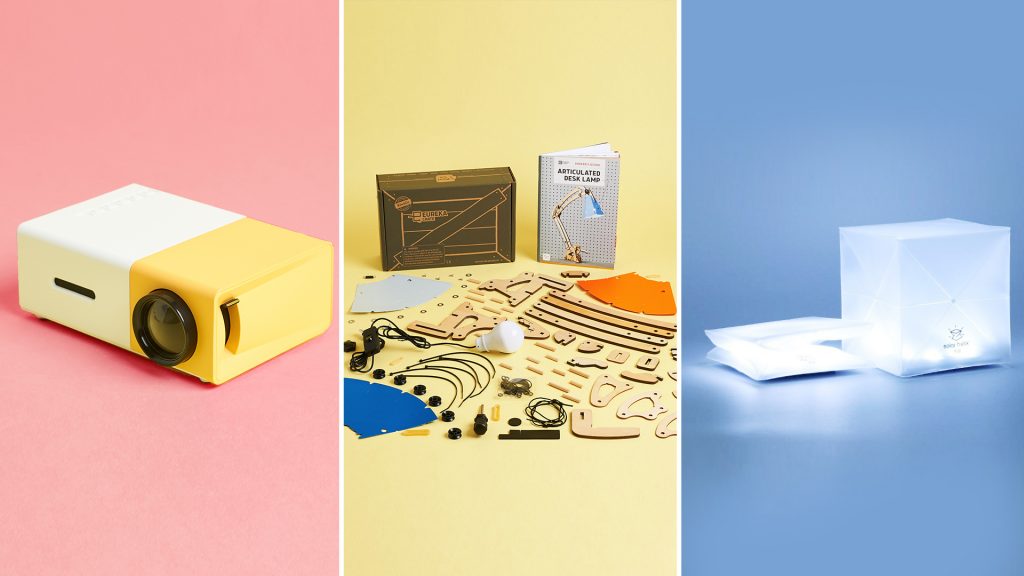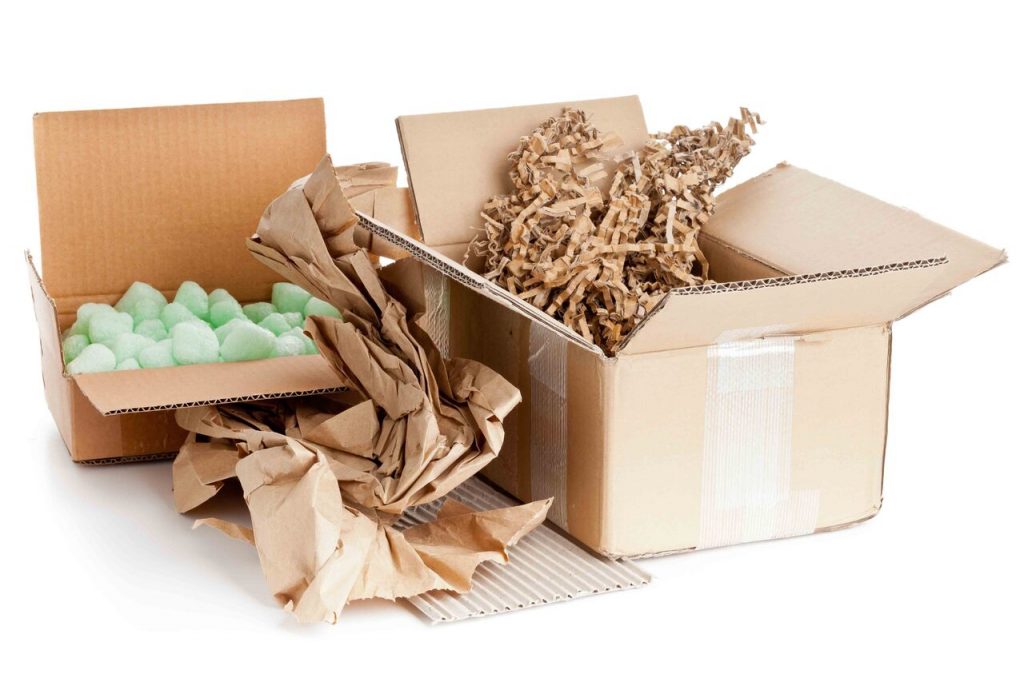
The packaging design of your product could determine its popularity. It can directly impact the number of sales you earn and the speed with which your product (s) are viewed; therefore, it is essential to ensure that you have it exactly.
Packaging design can be a complicated process that requires the designer to consider several precise specifications and mix them to produce the final product. It may take a lot of effort and experience, but to make sure you make the right choices for the first time, we’ve put together a checklist with our top suggestions for the most effective packaging design.
From strategies to attract your market to select the suitable color scheme, keep reading to discover the steps for your product to fly off store shelves and bring joy to your customers.
Target Your Market and Audience
This may be the most important thing to be aware of, especially when working with other design elements described below. Regardless of your customers’ characteristics, check back regularly to ensure your design selections, color schemes, and words are relevant to your target audience. When selling baby food, ensure the packaging you use is aimed at parents and their children. Bright and colorful, with a soft bubble style, make the packaging child-friendly.
When it comes to information in the text, there is an easy checklist to assure the parent about the safety of the ingredients, along with an obvious indication of age, which makes it easy for parents with busy programs to pick up the product and leave without go into the ingredients section and then have to decide for their self. Parents should use the product conveniently!
The font should be child-like; however, it is easy to read, enhancing the feeling of trust and confidence; so it will be easy to tell this product was designed for children.
The final touch should be a soft and smiling toy, which is always in line with the overall design of the box, regardless of taste. It is not only the thing that attracts the parents’ attention, but it is also desirable for the child, enticed by the children to get up from their chairs and go shopping with their parents.
The custom product packaging created by Rush Custom Boxes will leave no doubt about who the target market is. The product box by Rush Custom Boxes is an excellent example of packaging that is done correctly. From A to Z, they prove their product to be designed with the baby in mind and nothing but the well-being and pleasure of the baby considering their product.

Reduce The Complexity of Product Packaging Design
Don’t overdo one of the design elements, don’t use excessive colors or too many conflicting fonts, and don’t overload the packaging you’re using with words. Make sure your design doesn’t seem difficult to understand. If your packaging is too complex, the customer will not be able to understand what the product is doing and why it is there. The potential buyer should be able to quickly understand what is inside the package without having to open it and carefully examine its surface for clarity. With such a wide range of products for sale on the market, unless it is unique, it is essential to make sure that your packaging is easy to identify and understand.
While keeping things simple doesn’t mean blunt packaging. It would be best to make it memorable, unique, and stand out.
Packaging Color Scheme
Regarding the color scheme of your packaging, there are some important recommendations that you should try to follow:
Make sure the colors of your packaging match the colors used by your brand’s primary color scheme so that your product can be easily identified instantly. In the paragraph above, try to keep everything simple and not use excessive colors that do not mix. Use contrasting colors, but in moderation.
The colors you choose should be able to get your customers’ attention. You may see examples of what has been done and what you can do to differentiate your packaging from other available products. There are many styles on the market, from plain brown to cardboard to funky patterns and prints. The key is to make it distinctive and attractive.
When choosing colors, remember the fundamental theories of color theory and the different connotations that different colors can evoke. Focus not only on how specific colors blend or contrast with each other but also on the emotional impact they bring. An example is red, which is often associated with confidence, energy, and assertiveness.

Choose the Best Packaging Materials
This largely depends on your budget, target market, and item. If you plan to use paper packaging, ensure it is sturdy and does not look thin. It’s pretty simple; however, it is essential to be consistent; even if the product is promoted as state-of-the-art and has a luxurious visual design for your packaging, if a customer can purchase the item and finds the packaging careless, they are unlikely to return it. The texture is also important, and you can try to play with them – from matte to polished – the feel of your packaging is a significant factor in how your product is perceived.
Not only will your customers appreciate the ethics of your business (it can often be a huge plus!), but you’ll also benefit the entire planet.
In The End
Creating packaging is probably one of the most subtle forms of design. Designers need to coordinate a variety of elements, from the way they look by choosing fonts and colors to how they feel by selecting the texture and finish. Make sure you get the perfect combination of functionality and aesthetics, and you’ll be on your way to a highly efficient packaging design.

